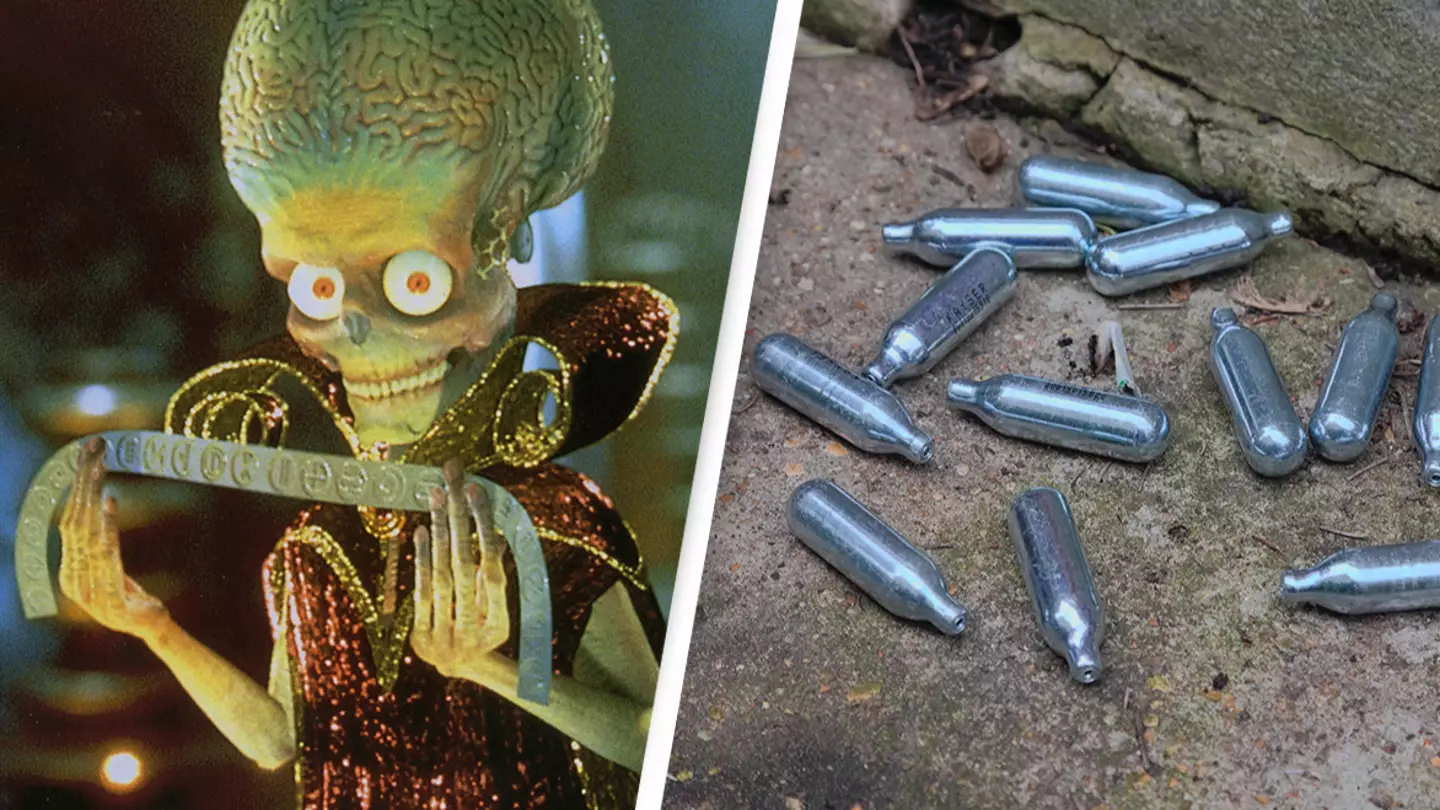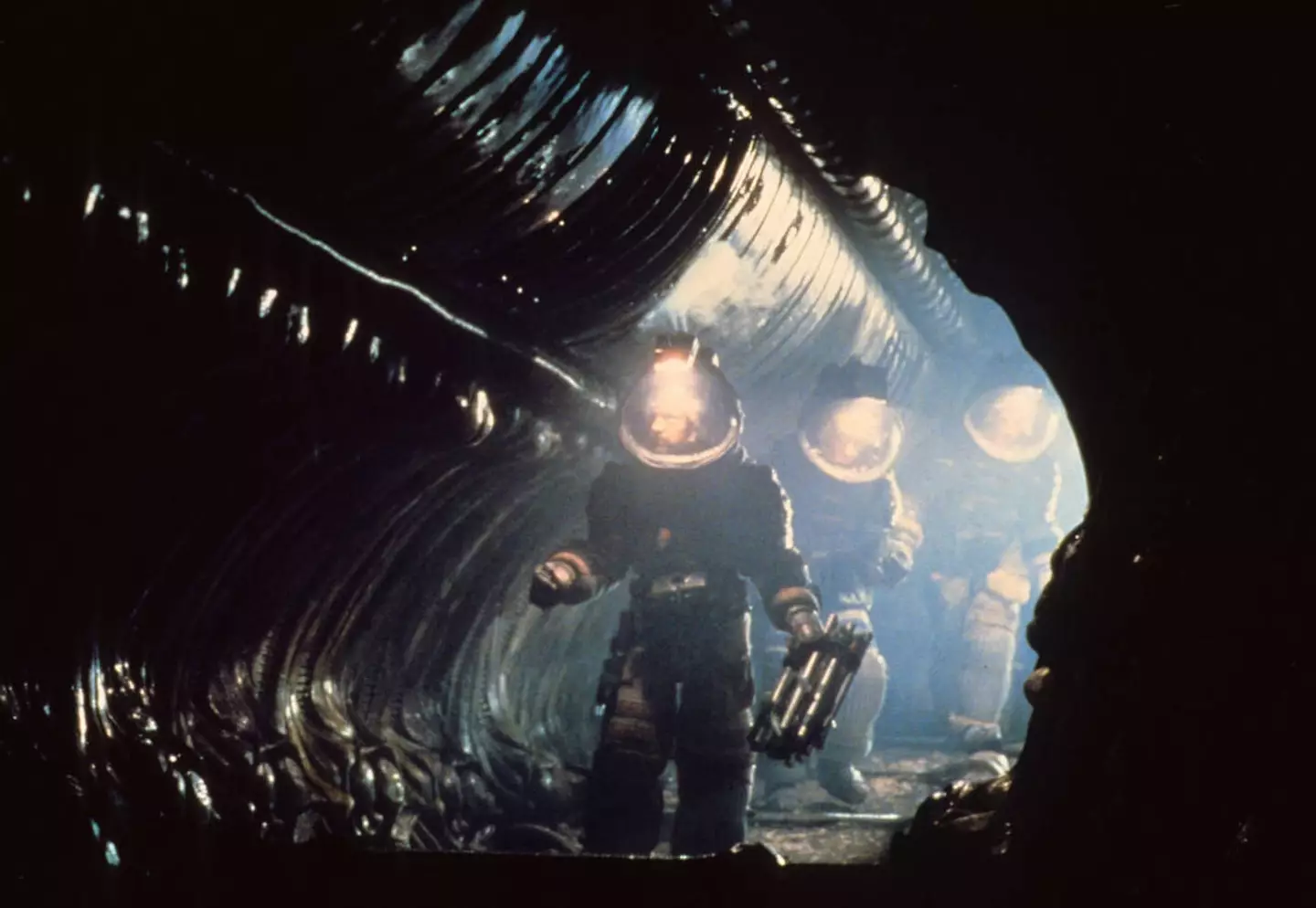
A party drug found in space could well be proof that we're not alone.
Yep, not what you expected on this fine Tuesday morning, but aliens could well exist and the proof is in the whippet.
Well, what is a whippet? A whippet, better known as 'laughing gas', is made up largely of nitrous oxide, which could help us tell whether there's life on other planets.

Advert
The research was conducted by scientists at the University of California Riverside and was published in the Astrophysics Journal.
According to the researchers, the presence of nitrous oxide could be a way to chemically indicate the presence of life on other planets.
As Eddie Schwieterman, an astrobiologist at the university, explained: "There’s been a lot of thought put into oxygen and methane as biosignatures. Fewer researchers have seriously considered nitrous oxide, but we think that may be a mistake."
So, what exactly led Schwieterman and his team to this conclusion?
Advert

Well, nitrous oxide is made by living things, so it'd make a lot of sense for a planet that could sustain life to have traces of the gas, as he explains: "Life generates nitrogen waste products that are converted by some microorganisms into nitrates. In a fish tank, these nitrates build up, which is why you have to change the water.
"However, under the right conditions in the ocean, certain bacteria can convert those nitrates into N2O.
"The gas then leaks into the atmosphere."
Advert
This then led the team to research exactly how much nitrous oxide living things produced on earth which they applied to other planets in a planetary model.
This helped determine what trace amount of the gas could be detected in the atmosphere around these 'exoplanets', which helps suggest whether they could sustain life.

Schwieterman also explained how this method could be applied to stars: "In a star system like TRAPPIST-1, the nearest and best system to observe the atmospheres of rocky planets, you could potentially detect nitrous oxide at levels comparable to CO2 or methane."
Advert
However, as with any study, there are some drawbacks as some have said that due to nitrous oxide being a less prevalent biosignature, basically evidence of living things, it would be hard to detect in galaxies far, far away.
Also, the studies doesn't account for massive releases of the gas caused by other phenomena, as Schwieterman explained: "This conclusion doesn’t account for periods in Earth’s history where ocean conditions would have allowed for much greater biological release of N2O. Conditions in those periods might mirror where an exoplanet is today."
Still, we kind of love the idea that a party drug might be the key to finding alien life.
If you have a story you want to tell, send it to UNILAD via [email protected]